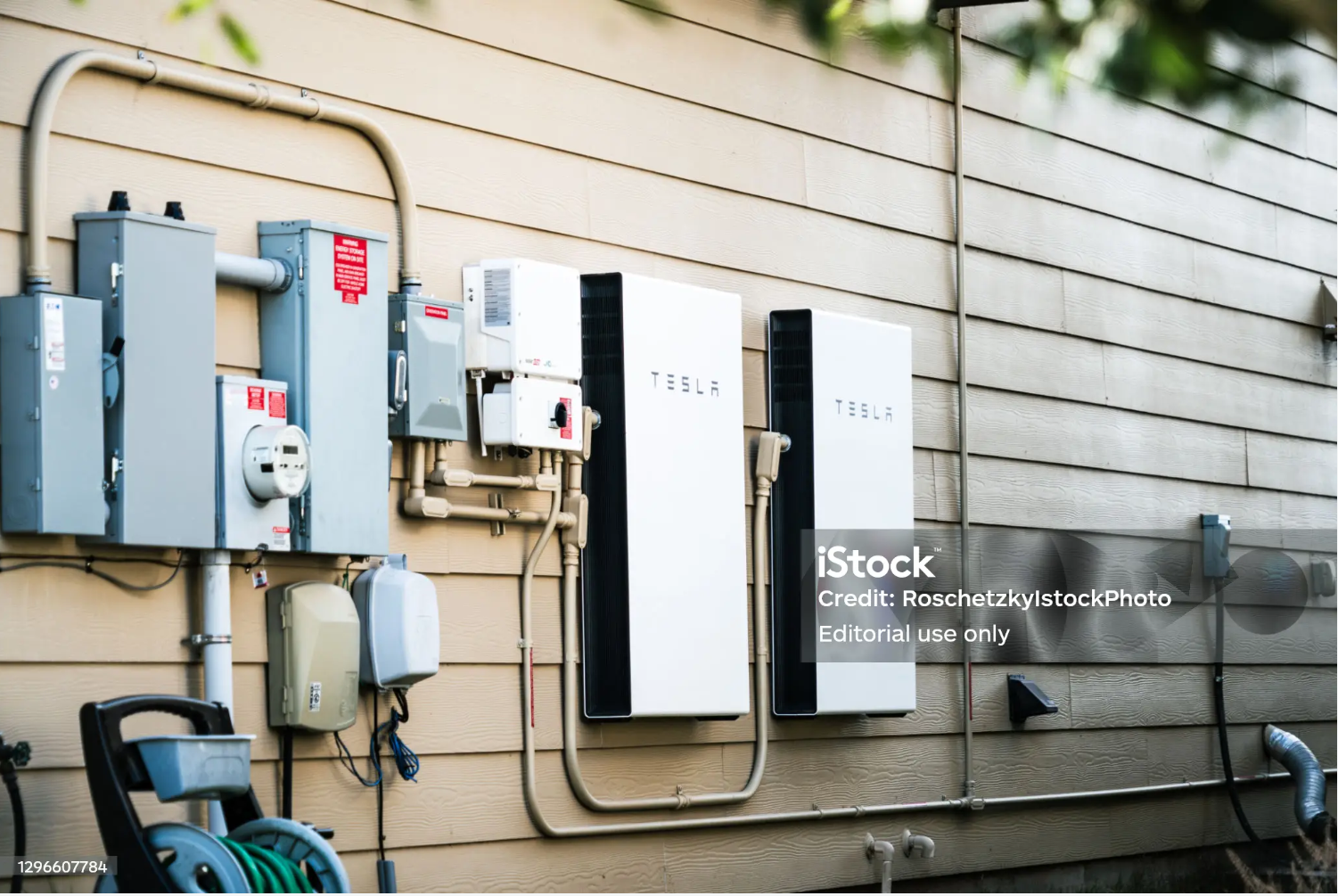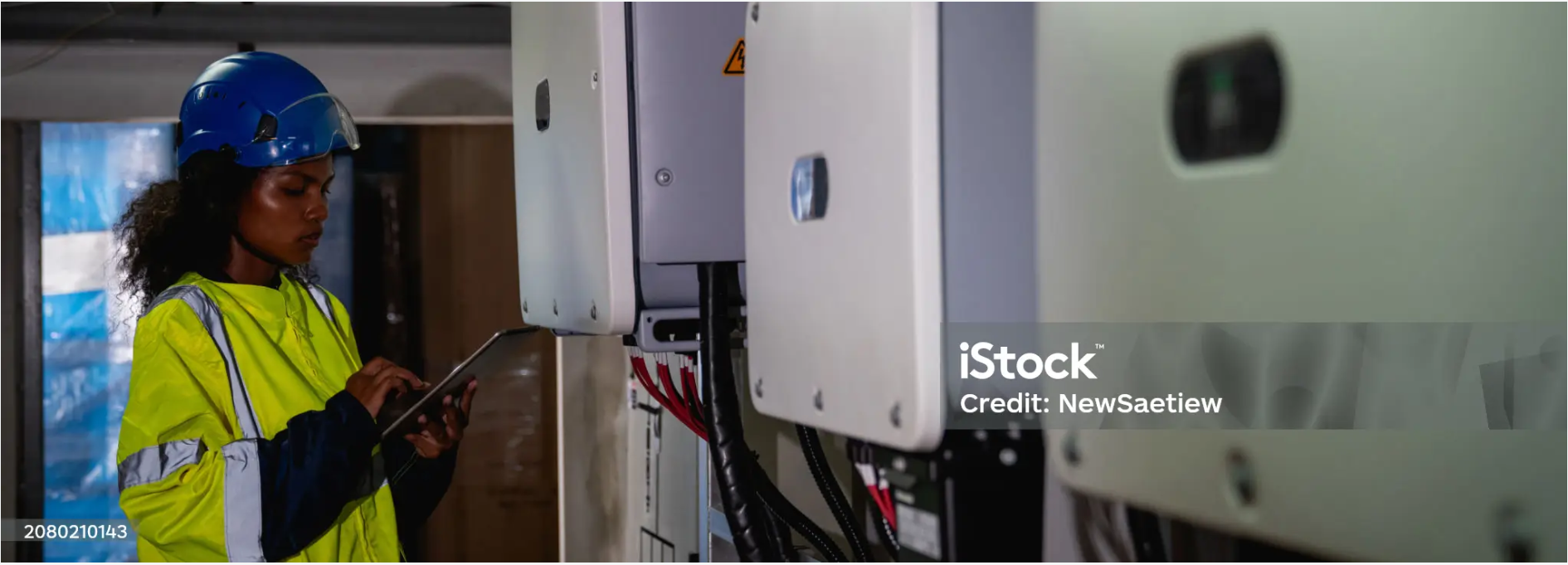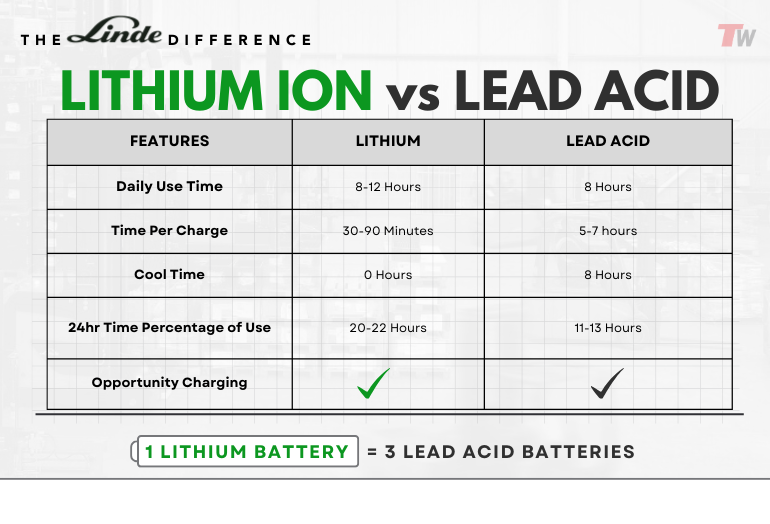In an era of unpredictable power outages and a growing push toward clean energy, the demand for reliable and efficient home energy storage has never been greater. In 2025, lithium battery systems are proving to be the cornerstone of sustainable and uninterrupted energy solutions for homes across the globe.
Explore how lithium-ion energy storage in 2025 delivers smarter energy management, enhanced safety, and greater efficiency for homes, businesses, and the grid.
As global electricity demand rises and renewable energy sources become more prevalent, lithium-ion storage is helping bridge the gap between intermittent solar power and real-time energy needs—making home and business energy independence more achievable than ever.
Energy-conscious readers will want to keep reading—this guide reveals top picks, safety insights, and future trends.
Table of Contents
Why Is Lithium-Ion Energy Storage Dominating in 2025?
Lithium-ion batteries continue to lead the energy storage market in 2025 for several compelling reasons. They offer high energy density, allowing more power storage in a compact space—a key advantage for residential systems. Rapid technological advancements have also made these batteries more affordable and efficient.
In comparison to traditional battery technologies like lead-acid, lithium-ion offers faster charging, longer cycle life, and reduced maintenance needs. With the growing integration of renewable energy sources such as solar and wind, lithium-ion storage systems are increasingly used to stabilize electric power flow and store excess clean energy for later use.
This dominance is also driven by government incentives, consumer demand for energy independence, and the global shift to green power.

Top Benefits of Lithium-Ion Storage for Homes and Businesses
Homeowners and commercial users alike are investing in lithium battery packs for several practical benefits:
- Battery Backup Reliability
Lithium battery backup systems ensure uninterrupted electric power during outages, reducing dependency on the grid. - Energy Efficiency
These systems charge faster and waste less power during energy conversion, resulting in lower utility costs and power saving. - Scalability
Whether you need backup for a single-family home or an entire building, battery packs can be scaled and customized easily. - Integration with Clean Energy
Lithium-ion batteries work seamlessly with solar panels, enabling the storage of clean energy during the day for use at night—ideal for off-grid or hybrid systems. - Lower Environmental Impact
Supporting a green energy lifestyle, these batteries contribute to reducing carbon emissions and promoting sustainable living.

How Safe Is Lithium-Ion Energy Storage Today?
Safety is a critical consideration in 2025. Thanks to innovations in battery chemistry and advanced battery management systems (BMS), modern lithium-ion battery storage units are incredibly safe. Most include features such as:
- Overvoltage and temperature controls
- Fire-resistant casings
- Real-time monitoring and alerts
- Fail-safe shutdown mechanisms
Unlike earlier designs, today’s systems are rigorously tested for residential use, ensuring minimal risk. When professionally installed and maintained, lithium-ion systems are one of the safest and most dependable forms of energy storage.
Additionally, lithium batteries eliminate risks tied to acid leakage and off-gassing found in older technologies like lead-acid systems.
Comparing Lithium-Ion to Other Storage Technologies in 2025
In 2025, several energy storage technologies are competing in the market, but lithium-ion maintains a leading edge:
| Feature | Lithium-Ion | Lead-Acid | Flow Batteries |
|---|---|---|---|
| Energy Density | High | Low | Moderate |
| Lifespan | 10–15 years | 3–5 years | 10–20 years |
| Maintenance | Low | High | Moderate |
| Efficiency | 90–95% | 70–80% | 75–85% |
| Footprint | Compact | Bulky | Large |
While flow batteries offer promising long-term stability and lead-acid remains low-cost, lithium-ion’s overall balance of cost, performance, and clean energy compatibility makes it the preferred choice for most residential and business users.

Future Trends in Lithium-Ion Energy Storage: What to Expect
Looking forward, several trends are shaping the future of lithium-ion energy storage:
- Smarter Battery Management
AI-powered systems will predict energy use patterns and optimize battery performance. - More Eco-Friendly Manufacturing
Companies are reducing the environmental footprint of battery production and increasing recyclability. - Improved Energy Density
Next-generation lithium technologies, such as solid-state batteries, will store more power in even smaller footprints. - Wider Adoption in Developing Regions
Lithium-ion battery packs are expanding access to electric power in rural areas, especially across Africa and Southeast Asia. - Deeper Grid Integration
Expect more homes and businesses to feed stored green power back into the grid—transforming users into prosumers.
These innovations reflect a broader shift toward a more resilient, cost-effective, and green energy future.
Conclusion
Lithium-ion storage is changing how we think about power—safe, efficient, and ready for the future. Contact us today to find the ideal battery solution for your home.

-scaled.png)
